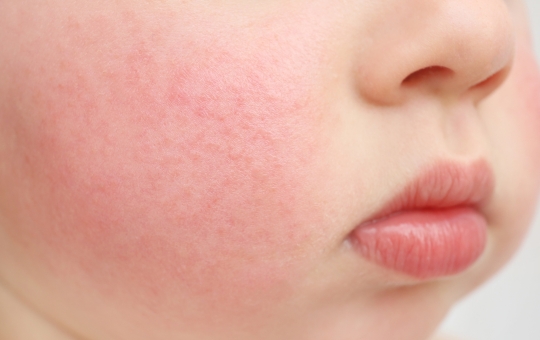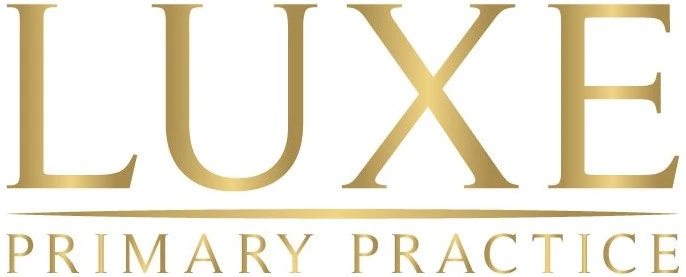Understanding Parvovirus B19: Symptoms, Risks, and Treatment
What is Parvovirus B19 Symptoms?
Parvovirus B19 is a virus that infects both adults and children. The virus is spread through respiratory droplets that are produced with people cough. It usually presents in 2 phases. The first phase presents like any other virus causes fevers, muscle aches and fatigue that usually start 7 days after exposure. The second phase starts 7-10 days after the first phase and it presents with a classic rash over the cheeks which then spreads to the body and can also cause joint pain. By the time the rash is present the person is no longer considered infectious. The infection usually does not cause major issues in healthy children and adults. Treatment is based on controlling symptoms while the body fights off the virus.

Who does it affect more?
Parvovirus B19 affects both adults and children but children tend to get more symptoms due to there not being a vaccine available to prevent the illness. Adults have usually already had it before and therefore already have antibodies to the virus, so their symptoms are less severe.
How does it affect children?
The virus can cause anemia in children and adults who have weak immune systems. This includes people with organ transplants, chemotherapy and HIV. In these people it causes anemia by attacking the cells that make red blood cells in the bone marrow. Treatment is supportive until the body can recover and start producing more red blood cells on its own. This can be particularly difficult in pregnant mothers because it can cause complications in the unborn fetus. There is a 5-10% chance of serious complications especially when the mother is between 9-20 weeks pregnant. Testing is available and done when there is a higher likelihood of complications from parvovirus infections.
